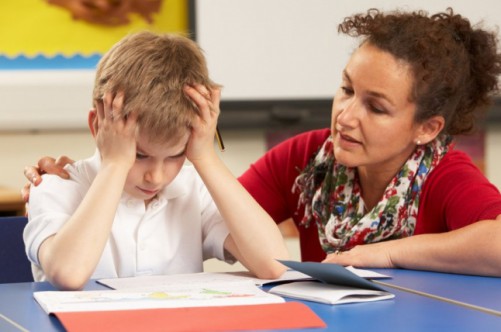4 TYPES OF PERCEPTION OF INFORMATION
 The type of information perception affects the effectiveness of a child’s learning. If from early childhood, knowledge will be supplied to the baby based on how he perceives the world around him, then the effectiveness of training will increase significantly. But, of course, it is necessary to develop all channels.
The type of information perception affects the effectiveness of a child’s learning. If from early childhood, knowledge will be supplied to the baby based on how he perceives the world around him, then the effectiveness of training will increase significantly. But, of course, it is necessary to develop all channels.
METHODS OF PERCEPTION OF INFORMATION BY HUMAN
At the disposal of man there are several such ways. They are defined by five senses: vision, hearing, touch, taste and smell. In this regard, there is a certain classification of information according to the method of perception:
visual;
sound;
tactile;
taste;
olfactory.
Visual information is perceived through the eyes. Thanks to them, various visual images enter the human brain, which are then processed there. Hearing is necessary for the perception of information coming in the form of sounds (speech, noise, music, signals). The sense of touch is responsible for the perception of tactile information. Receptors located on the skin, allow you to evaluate the temperature of the studied object, the type of its surface, shape. Taste information enters the brain from the receptors in the language and is converted into a signal by which a person understands which product it is: sour, sweet, bitter or salty. The sense of smell also helps us in understanding the world around us, allowing us to distinguish and identify all kinds of odors. The main role in the perception of information is played by vision. It accounts for about 90% of the knowledge gained.
HOW DOES INFORMATION BE PERCEPED?
The perception of information is a person’s acquaintance with the objects, objects and people who surround him. Information is perceived by people with the help of five senses: vision, touch, smell, hearing and taste. We hear music, try food, watch movies, shake hands with each other. Thanks to our senses, we analyze the information received, get an idea about it. In addition, we rely on past personal experience and knowledge that we already have. Putting all this together, we get a full range of information about any subject or person. The methods of perception of the material are based on processes that are associated with the psyche of people:
Thinking. When a person gets to know something, he recalls the information that he already knows.
Communication. A person can name something.
Emotions A person reacts differently to different phenomena.
Will. A person can organize perception.
BASIC TYPES OF PERCEPTION OF INFORMATION
The perceptual channel theory belongs to Neil Fleming, a school inspector from New Zealand. He established that man cognizes the world through five senses. Mentally healthy children have developed all the channels, but always one of them dominates.
With the same supply of school material, some children are doing well, while others are lagging behind. This happens not because someone is smarter or dumber, but because the information needs to be presented in various ways and the type of tasks should be different. For example, if a teacher provides information exclusively on the blackboard, then only visuals will be in time, while others may lag to one degree or another.
The child’s psychotype depends on how he perceives the world. There are 4 types of perception of information:
with the help of vision – the leading visual channel;
through hearing – the leading audio channel;
with the help of feeling objects – the leading bodily-sensitive channel (kinesthetic);
using logical reasoning – the leading logical channel (digital, digital).
kids visuals
VISUAL CHILDREN
The visual perceives the bulk of the information through the organs of vision. Such children prefer visual aids and beautiful design. On the one hand, these people dream a lot, fantasize, think in pictures, on the other hand, they are not alien to strategy and clear planning.
Visuals always think about how they look from the side and will never allow themselves to be dressed untidy. Visual children usually do not cause problems for their parents. They can draw for a long time, consider pictures, work with plasticine. Rich imaginary thinking allows visuals to have a good understanding of graphs, charts, schematic images. But they learn verbal information with difficulty. It’s easier to learn with visual aids: posters, slides, cards.
Pupils speak slowly and do not memorize spoken language well, but can compensate for their limitations by making notes and notes. Emphasizing and highlighting the key points with color, the child gets used to highlight the main thing, without being distracted by unnecessary details.
The teacher’s expressive gestures for visuals play the role of visual memory anchors. A good effect is given by visual aids: posters, magnetic boards, flipcharts, educational cards, educational films and slides.
CHILDREN-AUDIENCE
“It flew into one ear, flew into the other” – this is about anyone, but not about the audience! It is rumor that is the main channel of perception of this psychotype. Such children catch the intonation of the interlocutor, assess the timbre of the voice, they don’t care what they say, it’s important how. It’s easy for an audio person to recognize any person by voice.




